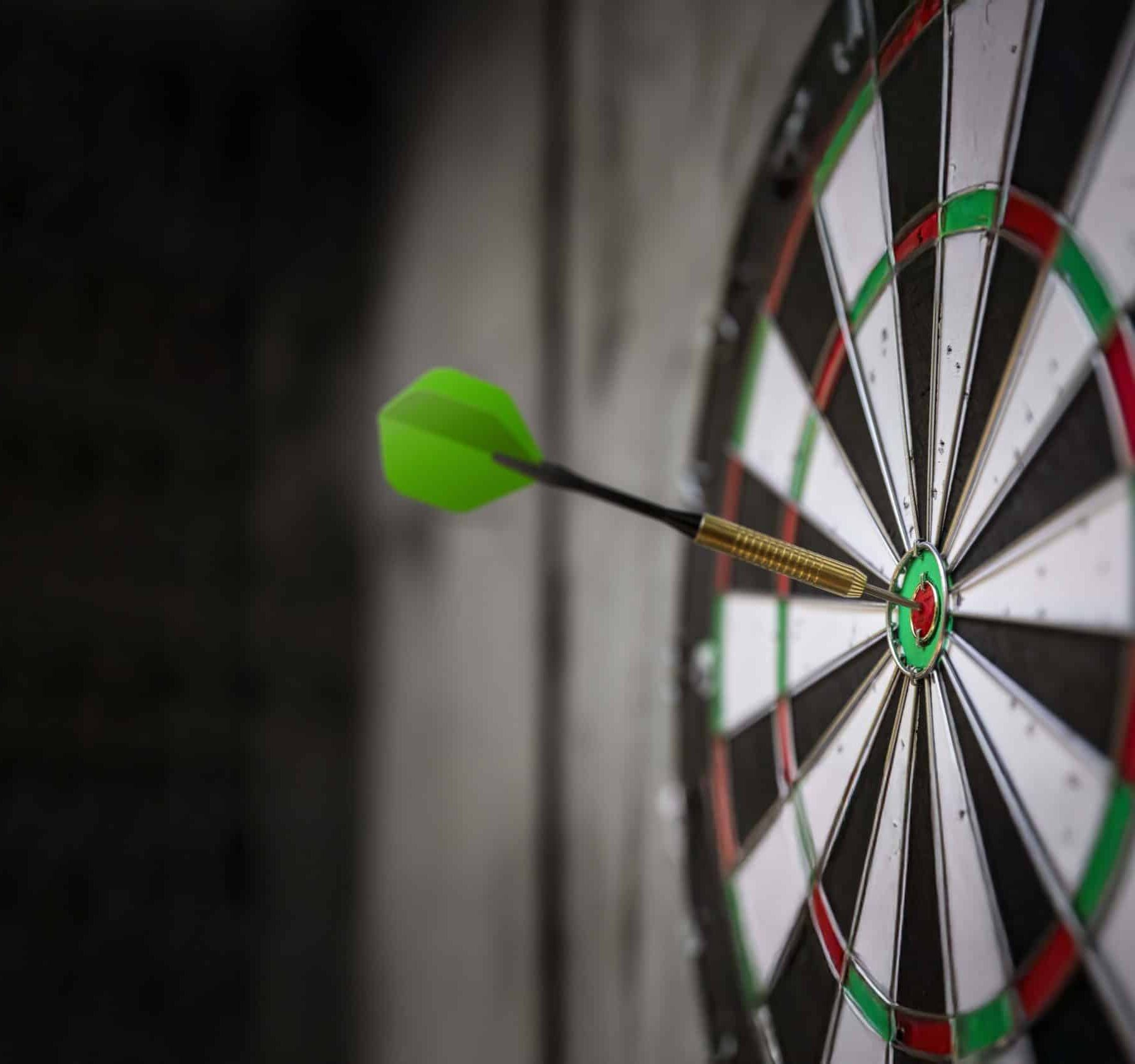What makes good graphic design?
Graphic design is integral to effective communication. The right combination of visuals and messaging captures attention, draws customers and triggers action in but what makes good graphic design?
Whether you’re designing a logo, a brochure, an ad or a website, there are 8 principles we’d suggest makes good graphic design:
Start with the end in mind
Good design always has a clear purpose. You need to know exactly what that purpose is. You then need to work backwards and produce design that will meet your objective whether that’s to inform, entertain, persuade or provoke your audience.
Establish the required visual hierarchy
Good design is rooted in simplicity. Knowing your end objective will help you keep your design simple, uncluttered and on point. However, you also need to keep an eye on visual hierarchy.
Visual hierarchy is basically organising the various elements of your design so that it drags the viewer’s eye through the content effectively all the way from the entry point to the call to action.
There are various mechanisms you can employ to establish the right visual hierarchy. You will need to create order and balance so it’s obvious how/where the viewer’s eye needs to move. You can also use vary the font and image sizes or contrast colours, shapes, and fonts to emphasise the key elements.
Establish balance
Good graphic design distributes elements evenly across the design, so it looks ordered and symmetrical. This can be traditional symmetry – i.e. a mirror image balancing one side to the other – or it could be asymmetrical by using different elements with the same visual weight to achieve balance.
Most designers will use a grid system to make sure the design is perfectly balanced and that this balance is kept consistent across every medium.
A critical success factor for any aspect of marketing is consistency, good graphic design is no different. Brand guidelines must be followed but you can also repeat icons, colours, and typography to unite all your design.
Best use of colour
A good designer knows how colours interact and will use colours to best effect to create good graphic design. This is a multi-layered process involving complimentary colour palates, finding the colours that trigger the required emotional response and making sure brand colours are incorporated and accented correctly.
Best use of typography
The majority of your messaging will be carried by the copy and to ensure that’s clear and easy to read, it must be visually appealing. This involves the right fonts are selected, different sizes, weights and styles are combined to keep hold of the viewer’s attention, that text’s colours work with their backgrounds and that spacing is used correctly.
Remember ‘white space’
White space is the empty space around the elements of your design. It plays a vital role in keeping design uncluttered which makes it easier to view and easier to grasp the key messages.
White space also makes your design look more clean, professional, and aesthetically pleasing which could be the tipping point for customers deciding between you and your competitors.
Be original
Good design is unique and creative in equal measure. Your uniqueness will leave a lasting impression so prepare to be experimental and try and draw inspiration from a variety of sources.
Get feedback
Like your brand, your design is a living thing. Keep encouraging feedback (internally and externally) so you can identify potential improvements to future designs. You can also test different versions of new designs to see what lands best with your audience.
The creative team at Simdure is known for creating good graphic design so why not give us a call the next time you want a new, unique and effective design that will have the desired impact on your target market.


